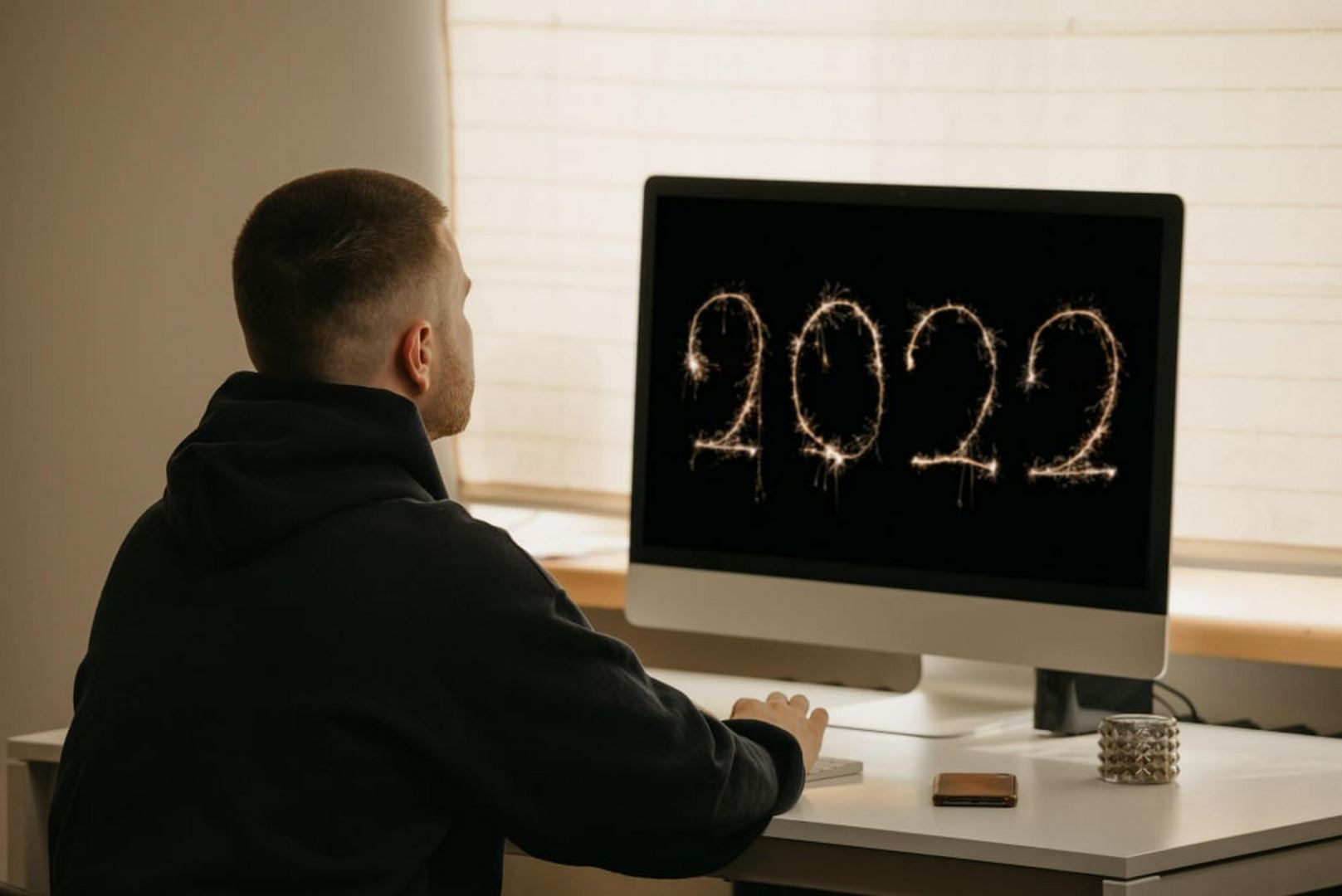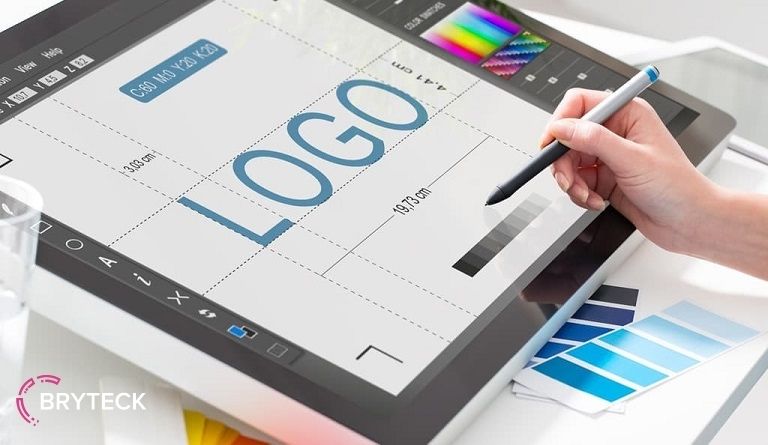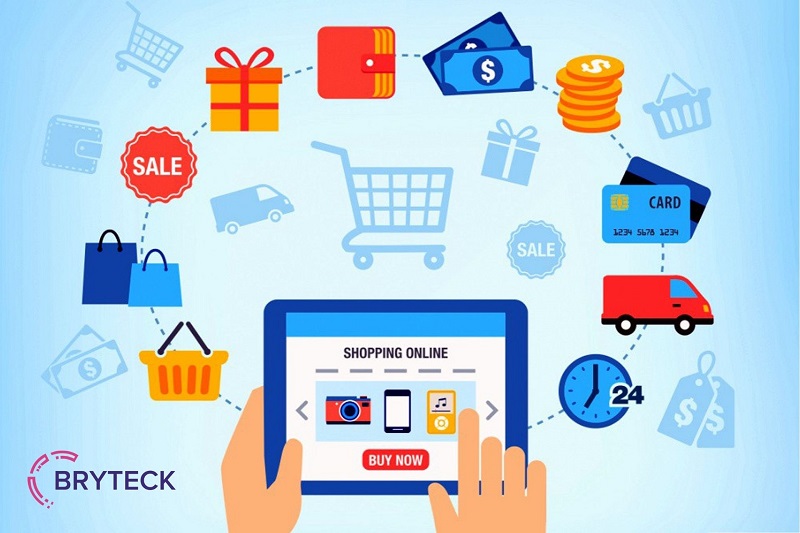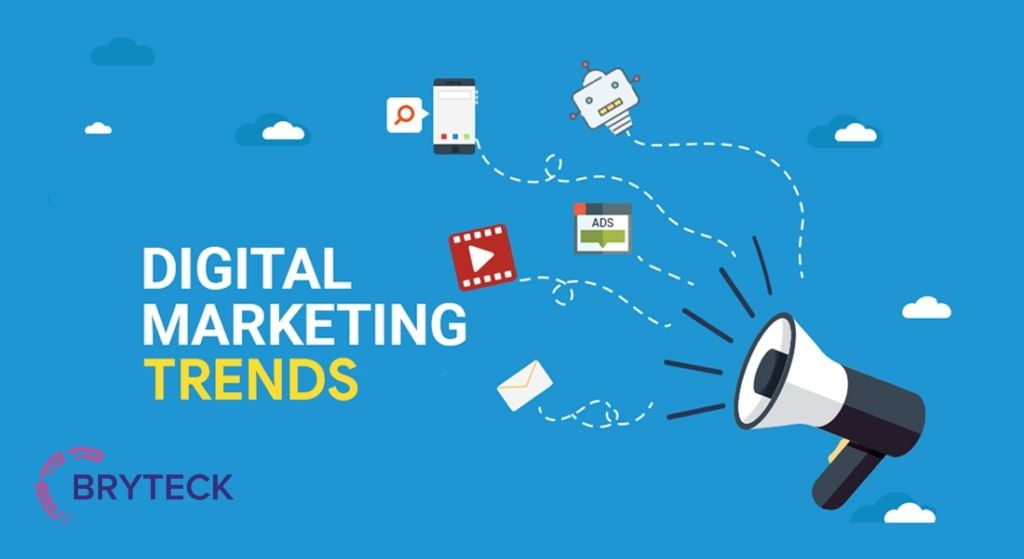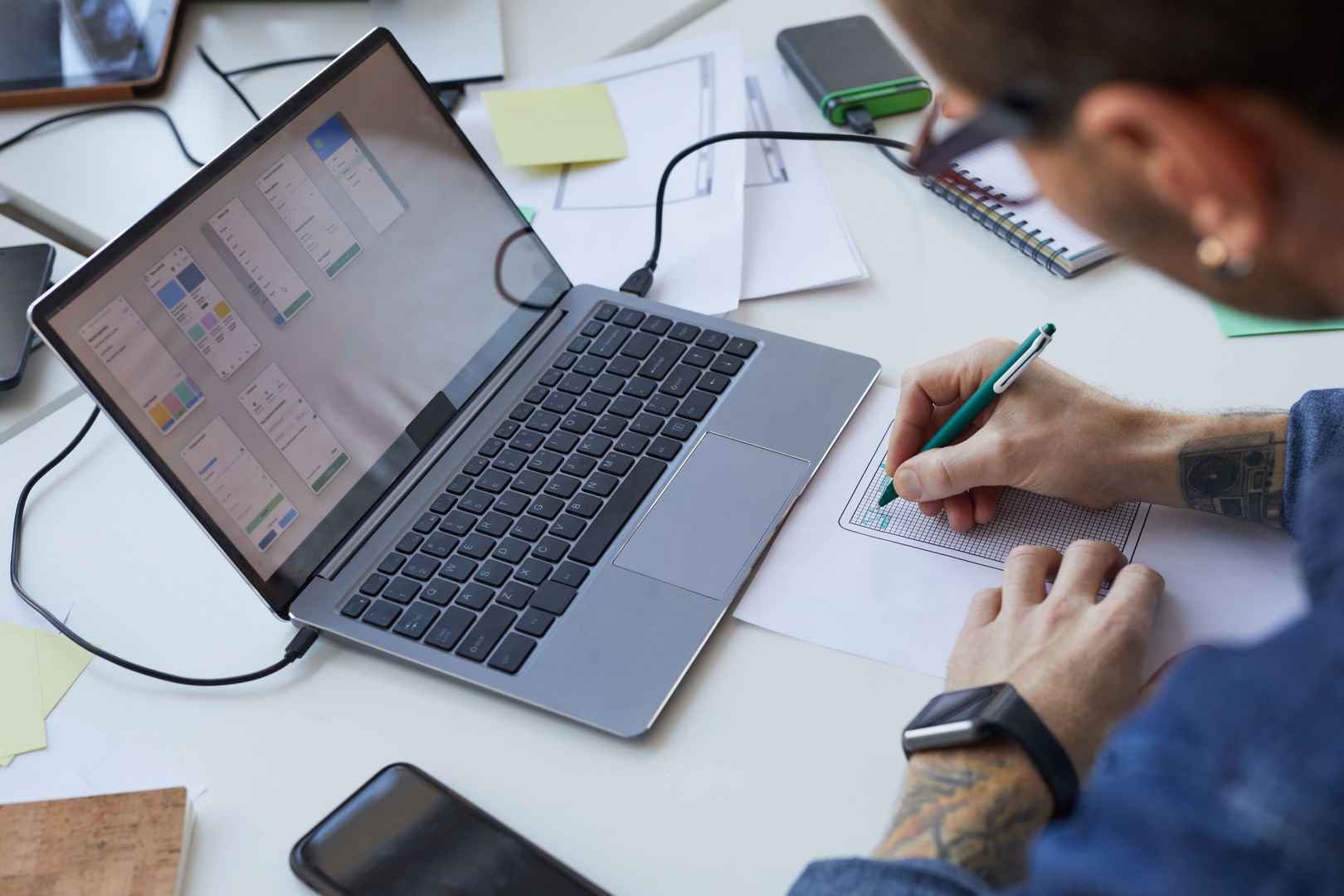
What is Web Design?
 According to recent statistics, half of all internet users claim that the design of a website is directly related to its credibility. In other words, people almost instantly judge a website by simply looking at the way it looks. A stylish and up-to-date website generates new leads. While a poor and out-of-date website, in its turn, discourages people from spending time on it.
According to recent statistics, half of all internet users claim that the design of a website is directly related to its credibility. In other words, people almost instantly judge a website by simply looking at the way it looks. A stylish and up-to-date website generates new leads. While a poor and out-of-date website, in its turn, discourages people from spending time on it.
So, what exactly is web design? What are its main types, principles, and elements? Finally, what tools are usually employed by a web designer? Well, let us find the answers to these questions by going through the below-mentioned information.
Before we start: Web design is an important element of digital marketing. Together with web development, content creation, social media advertising, and search engine optimization, it plays an essential role in turning site visitors into potential clients.
The Definition of Web Design
Web design refers to one of the key digital marketing elements. It is primarily responsible for the way a website looks. Apart from dealing with pure aesthetics, however, it is also closely connected to the functionality of web pages.
In other words, web design might be defined as the process of planning, conceptualizing, and arranging content on a website to make it as functional and as intuitive as possible and, therefore, help a business to generate new leads.
On a side note: The web design industry is relatively new. However, it rapidly develops and changes in accordance with contemporary marketing tendencies.
Types of Web Design
Interestingly enough, web design does not only deals with desktop versions of a website. Otherwise, it also plays an important role when it comes to the way a website looks on mobile devices (for instance, phones or tablets).
On a side note: In 2022, about sixty percent of all internet traffic belongs to mobile devices. Furthermore, these numbers continue to increase from day to day.
Depending on the way the functional and visual design of a website adapts from a desktop to a mobile device, there exist two following types of web design, namely:
- Adaptive design;
- Responsive design.
The adaptive design assumes the creation of different versions of a website in accordance with different screen sizes.
The responsive design, in its turn, assumes the creation of a website with a flexible grid that allows it to have a dynamic appearance depending on the screen size.
Key Principles of Web Design
There exists a number of principles all professional web designers are well-aware of. They help to create a harmonious, attractive, and functional design of a website.
Among the key principles of web design are usability, balance, hierarchy, contrast, and emphasis. Let us take a closer look at each of them by going through the information mentioned below.
Usability
Usability is a principle of a website design that defines how easy it is for a website visitor to use it. It includes such features as intuitiveness, functionality, and well-defined structure of a website.
On a side note: One of the helpful tips on how to create a website with exceptionally useful design elements is to put yourself in the shoes of a website visitor.
Balance
Balance is a principle of a website design that ensures that none of its visual elements in a single composition are too overpowering. In other words, the overall picture of a website should look as balanced as possible.
On a side note: There exist two main types of balance on a website, namely symmetrical and asymmetrical (or, in other words, mirror-like and non-mirror-like).
Hierarchy
Hierarchy is a principle of a website design that assumes the most important content to appear in a prominent spot in order to become immediately noticed by the website’s visitors.
Contrast
Contrast is a principle of a website design that refers to the arrangement of juxtaposing elements in a way that underlines their differences. It allows to fascinate the website’s visitors and captivates their attention.
Emphasis
Emphasis is a principle of a website design that allows highlighting the elements you would like the website’s visitors to notice first. It is usually achieved with the help of color, animation, or size.
 Visual Elements of Web Page Design
Visual Elements of Web Page Design
Visual elements of a website play a central role in every website design project. They have a direct influence on the way a website looks and is, therefore, perceived by the website’s visitors.
Probably the most significant visual elements for every web designer are header and footer, color scheme, typography, background, animation, and UI. What exactly they are? Well, let us figure it out!
Header & Footer
A header of a website is a top section of a website page or, in other words, the very first thing internet users see whenever opening a website. While a footer of a website, in its turn, is a bottom section of a website page that is the very last thing internet users see whenever scrolling a website down.
Due to the relevant location of a header and a footer, it is essential to pay enough attention to the information they contain. In most cases, a header should include a navigation menu, a business name, a logo, and contact information. While a footer, in its turn, should contain everything a website visitor might have missed, namely an email sign-up bar, a website map, or social media buttons.
Color Scheme
A color scheme of a website is another visual element of website design. It does not only set the tone of a website but also displays the primary and secondary colors of your brand.
Typography
Just like the color scheme, typography is an important visual element of web design. It might be defined as the choice of fonts and arrangement of texts. Therefore, typography underlines the overall style of a website pretty well.
Background
A background of a website is one more visual element that plays an essential role when it comes to web design. It consistently follows website visitors as they scroll down the website page.
Among the main backgrounds that are usually employed by web designers are:
- An image;
- A video;
- A gradient color;
- A minimalistic white sheet.
Animation
An animation of a website is also important when it comes to its visual appearance. It does not only create a dynamic user experience but also triggers certain reactions.
For instance, an animated loading bar while opening a blog post might make the waiting time more exciting and, therefore, allow a website visitor to have a more pleasant experience.
UI
Last but not least, UI (or, as it is also called, user interface design) is one of the most crucial visual characteristics of a website. It defines the way an internet user communicates with the website itself.
In most cases, UI design includes the following elements of a website:
- Buttons;
- Toggles;
- Icons;
- And so on.
Functional Elements of Web Page Design
The functionality of a website is extremely essential when it comes to attractive web design. It defines the way a website works (or, in other words, regulates the website’s usability).
Among the main functional elements of web design are navigation, speed, SEO, and UX. So, how about discussing them right away?
Navigation
Under normal circumstances, a website consists of multiple pages. The way the visitors of a website switch from one page to another is regulated by the website’s navigation.
These days, website builders are acquainted with several types of website navigation, such as:
- Classic navigation (it assumes the placement of a website menu horizontally in a website’s header);
- Sticky navigation (it assumes a fixed place of a website menu that remains in one place and is always visible to website visitors);
- Sidebar navigation (it assumes a website menu that is located either on the left or on the right side of a webpage);
- Hamburger navigation (it assumes that a full website menu is hidden under the icon of three horizontal stripes);
- Dropdown navigation (it assumes that a website menu is divided into main items that are visible all the time and additional items that appear under each of them).
Speed
Speed is another functional element of a website design that defines how quickly it loads whenever its users interact with it. Naturally, the quicker a website loads, the better response from website visitors it is expected to have.
On a side note: Based on recent research, the bounce rate of a website increases by around 40% if a website loads for more than three seconds.
SEO
SEO (or, in other words, the optimization of a website in accordance with search engines) is also an important functional element of a website design. It has a direct impact on how many internet users will be able to find your website on Google, Bing, Yahoo, or any other search engine.
UX
UX (or, as it is also called, user experience) is an essential functional element that should be paid attention to by every web designer. It has a great impact on the interaction of a website with its visitors.
In most cases, factors that should be taken into account by UX designers of a website include its usefulness, usability, findability, credibility, desirability, accessibility, and so on.
Final Words
In order to create a positive user experience for a customer, all crucial aspects of their interaction with the company should be considered. A website’s design, the placement of the buttons, the color scheme, and other nuances must be thought through carefully to ensure the chances of converting a user into a perspective lead are high.
For successful website development, consider the main key factors: background, typography, color scheme, footer, and numerous others. Only in this way will people be satisfied and come back to the webpage. Hopefully, you’ve found answers to all your questions in today’s article. Stay safe!




